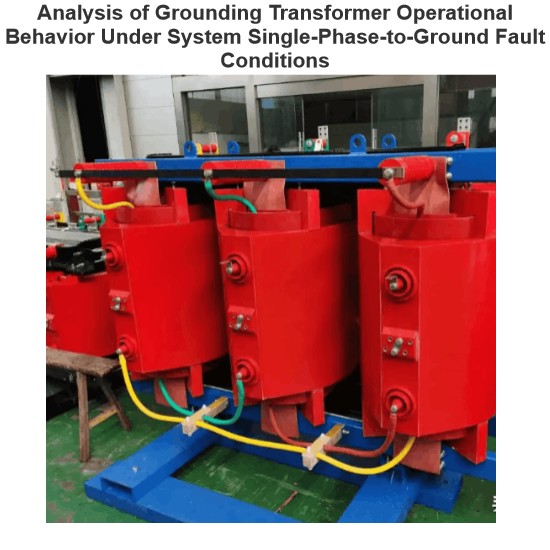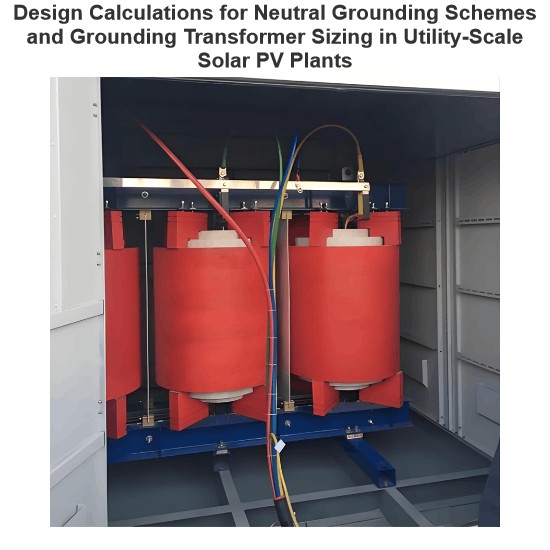What are the key differences between oil-filled and dry-type power transformers in high-voltage applications ?
Insulating medium
Oil - filled type: It uses insulating oil (such as mineral oil, silicone oil) as the main insulating medium. The iron core and coils are immersed in the oil. The insulating property of the oil is utilized to isolate conductors with different potentials, preventing short - circuits and discharges.
Dry - type: It adopts air or solid insulating materials, such as epoxy resin, as the insulating medium. Materials like epoxy resin are wrapped around the coils, serving as insulation and mechanical protection.
Cooling method
Oil - filled type: It mainly relies on the circulation of insulating oil for heat dissipation. When the transformer is operating, the generated heat is transferred to the insulating oil. The oil dissipates the heat to the external environment through natural convection or with the help of cooling equipment (such as radiators, cooling fans, etc.).
Dry - type: It usually uses natural ventilation or forced air - cooling for heat dissipation. In the case of natural ventilation, heat is carried away by the natural convection of air; for forced air - cooling, fans are installed to accelerate the air flow and improve the heat - dissipation efficiency.
Structural design
Oil - filled type: It has a sealed oil tank to accommodate the insulating oil, iron core, coils and other components. There are usually auxiliary devices such as radiators, conservators, and gas relays outside to ensure the normal operation of the insulating oil and protect the transformer.
Dry - type: The structure is relatively simple. Generally, there is no oil tank and complex oil - circulation system. The iron core and coils are directly exposed to the air or encapsulated by solid insulating materials like epoxy resin. The iron core and coils can be directly seen from the appearance.
Voltage and capacity ratings
Oil - filled type: It can meet the requirements of various voltage levels and large capacities. From low - voltage to extra - high - voltage (500kV and above), the capacity can range from several hundred kVA to several hundred MVA. It is widely used in high - voltage and large - capacity power transmission and distribution.
Dry - type: Generally, it is suitable for medium - low voltage levels (10kV - 35kV) and medium - small capacities (usually less than 30MVA). In higher - voltage and larger - capacity scenarios, its application is limited due to heat - dissipation and insulation problems.
Maintenance requirements
Oil - filled type: Maintenance work is more complex and frequent. It is necessary to regularly check the quality of the insulating oil, including the electrical characteristics of the oil, moisture content, impurity content, etc., and filter or replace the oil if necessary. It is also necessary to monitor the oil level and check the cooling system.
Dry - type: Maintenance is relatively simple. It mainly involves regularly cleaning the outside of the transformer and the ventilation equipment, checking whether the insulating materials have cracks, aging, etc., and conducting insulation resistance tests.
Safety and environmental friendliness
Oil - filled type: There are risks of insulating oil leakage and fire. If the insulating oil is not properly disposed of, it may pollute the environment, and the oil may contain harmful substances.
Dry - type: Since it does not use insulating oil, there is no risk of oil leakage and no oil - related fire. It has advantages in fire - prevention and explosion - prevention, and is more environmentally friendly.
Cost
Oil - filled type: The manufacturing cost is mainly concentrated on the insulating oil, metal shell and vacuum treatment process. The initial cost is relatively higher than that of dry - type transformers, but it has a high cost - performance ratio in high - power and high - voltage applications.
Dry - type: Due to the absence of insulating oil, the material cost is relatively low. However, the use of epoxy resin and high - efficiency cooling systems will increase the cost, especially in large - capacity application scenarios.
Application scenarios
Oil - filled type: It is mostly used outdoors, in large industrial enterprises, substations and transmission lines, and is suitable for high - voltage and long - distance power transmission scenarios.
Dry - type: It is widely used in places that require high safety and low noise, such as office buildings, shopping malls, hospitals, etc., and is also suitable for areas with high environmental requirements.
The Electricity Encyclopedia is dedicated to accelerating the dissemination and application of electricity knowledge and adding impetus to the development and innovation of the electricity industry.













